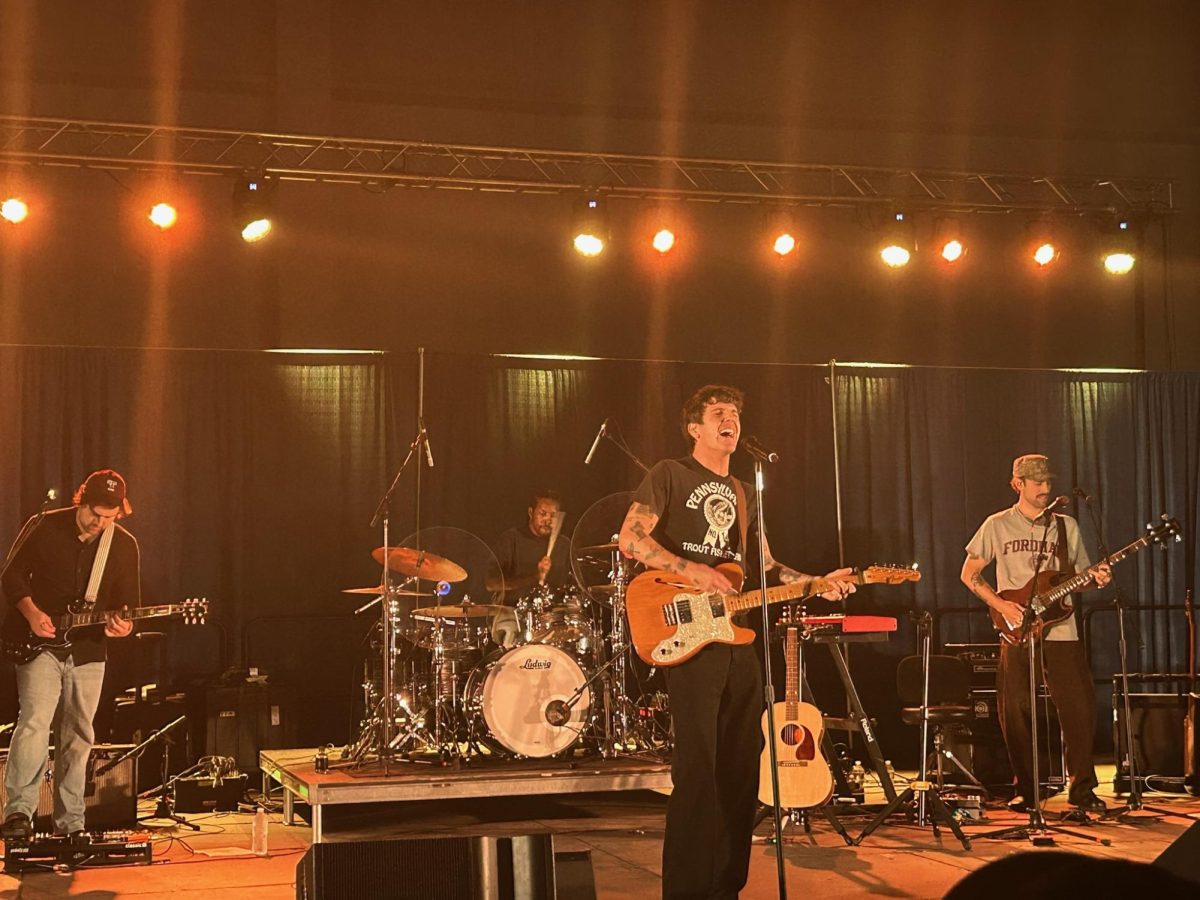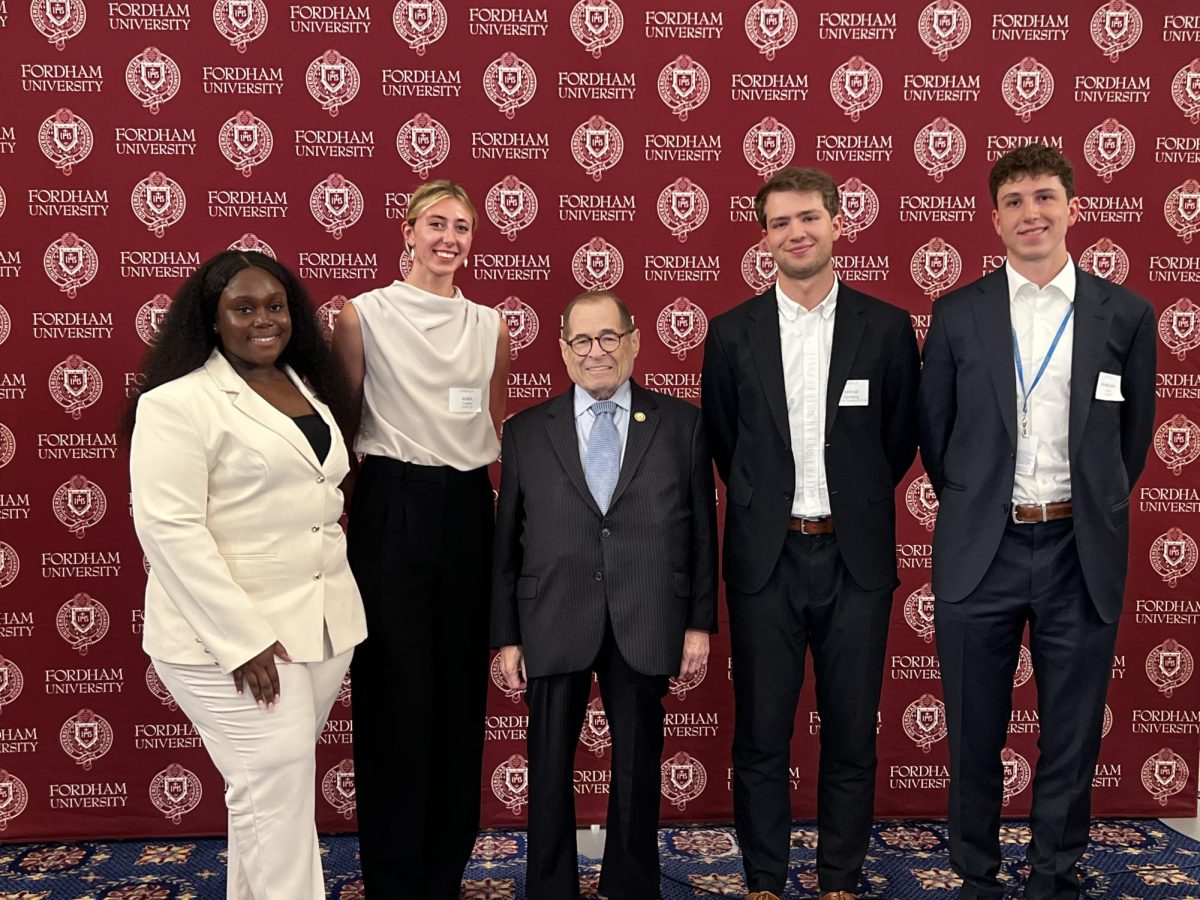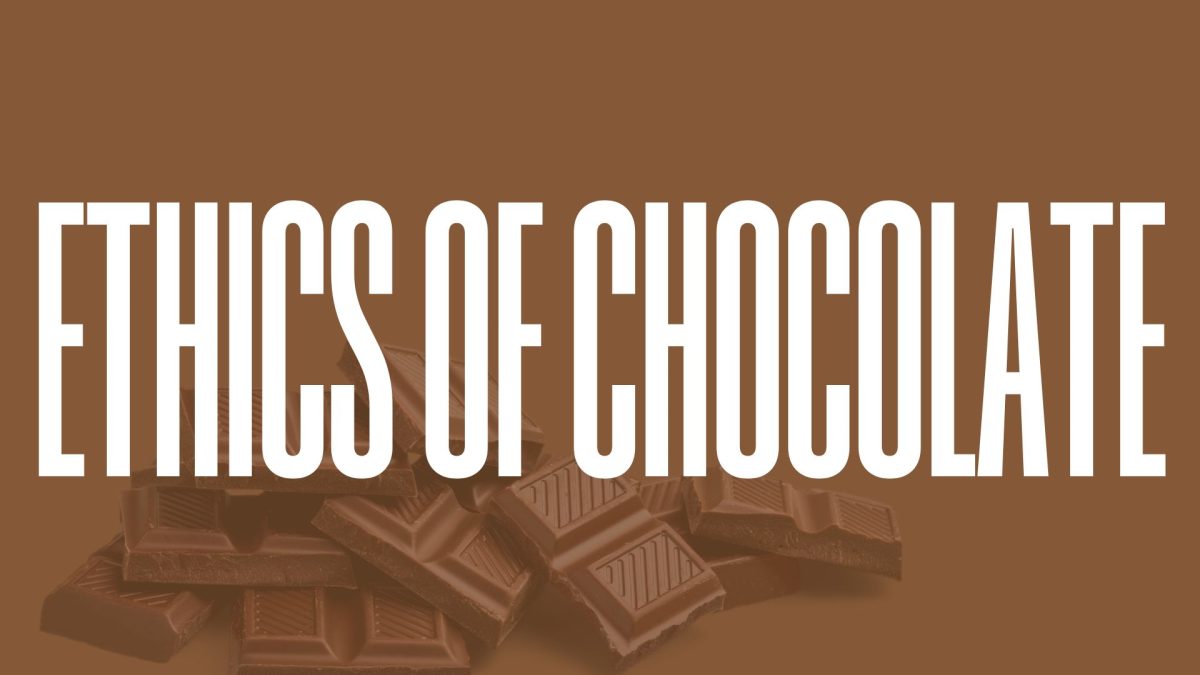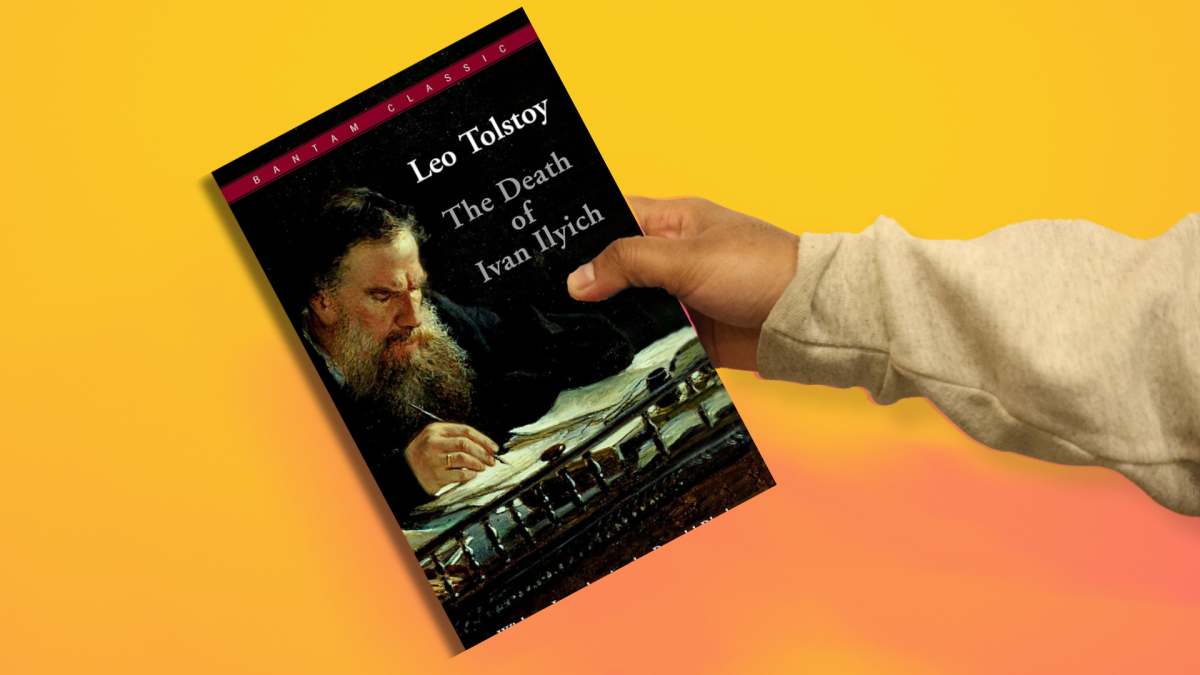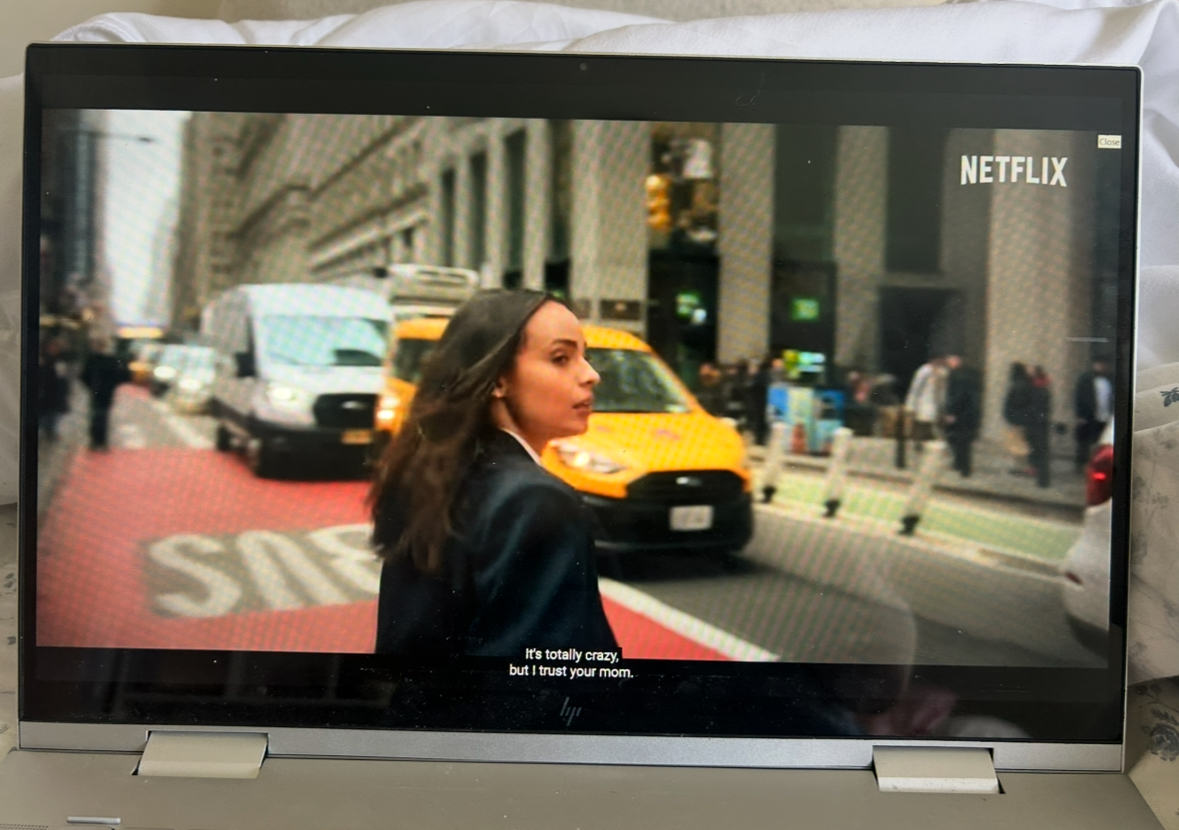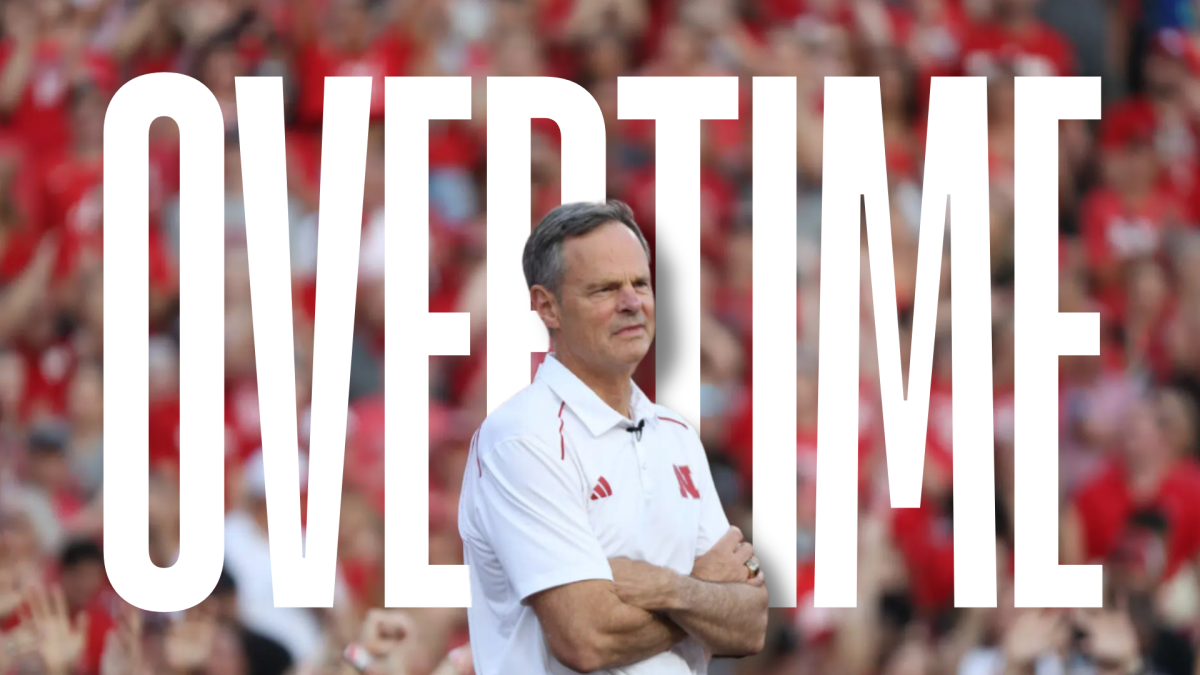As the holiday season approaches, for many, one symbol stands above the others: the Rockefeller Center Christmas tree. It is a sight that is synonymous with winter in New York City. Beyond the glistening ornaments and twinkling lights, in a world increasingly defined by political division and the looming threat of climate change, can the Rockefeller tree provide the same cheer it has in years past? With the aftermath of the 2024 election and an ongoing environmental crisis, the tree’s presence this year may feel poignant and unimportant. But since its genesis, the tree has grown into a symbol of resilience, unity and festive spirit — an evergreen beacon of the holidays amidst the hustle and bustle of one of the world’s most fast-paced cities in an oftentimes difficult world.
The origins of the Rockefeller Center Christmas tree began in 1931 during the Great Depression. In a period of economic despair, workers at the Rockefeller Center construction site erected a small tree, symbolizing hope. The first official lighting ceremony in 1933 was a small affair compared to the crowds the lighting ceremony draws in today. In recent years, the lighting ritual has become an all-out televised event — full of performances, special appearances and excitement.
This year, the Norway Spruce arrived at Rockefeller Center in early November to begin the decoration process. This year’s tree is 74 feet tall and hails from West Stockbridge, Massachusetts, donated by the Albert family. Planted by newlyweds Earl and Leslie Albert in 1967, this tree had been a beloved fixture for the family and the town over the decades, full of decorations until it simply became too tall. When Erik Pauze, Rockefeller’s head gardener and the man responsible for scouting the annual tree, knocked on the Alberts’ door in 2020 to inquire about their tree, Leslie had unfortunately passed away just two days before. Earl took this as a sign from Leslie, who would have been “thrilled” to have seen the journey of this tree, and Earl believes this is ‘“probably one of the greatest honors’ of his life. Currently recovering from a stroke, Earl and his family are hoping for a quick recuperation so that he can enjoy the lighting ceremony.
The tree’s journey, from its roots in the Albert’s yard to its role as the centerpiece of New York Christmas celebrations, underscores the passage of time, joy, sorrow and connection. Adorned with 50,000 LED lights and a 900-pound Swarovski crystal-encrusted star, the tree lighting ceremony will occur on Dec. 4. Standing until early January, the tree will serve a purpose afterward, being used as lumber for Habitat for Humanity to construct a home for a family.
The spectacle of the tree provides a collective sense of wonder and cheer. For tourists and locals, it is a cherished tradition that unites us in a shared experience, offering a visual reminder that there is always space for light and celebration.
Sadness is always one to accompany festive cheer. Perhaps you’re a subscriber of Jaden Smith’s concern for the “political and economic state of the world,” or you whole-heartedly agree with Timothée Chalamet’s sentiment that “societal collapse is in the air” because, with the wave of hatred and prejudice of the next presidential administration, global strife and a climate crisis, life feels tough. This New York November has seen 80 degree temperatures and a drought watch.
Sociology major Vesa Prevalla, FCRH ’25, compiled her thoughts on the holiday season, specifically on climate change perpetrators and the efficacy of Santa’s naughty list. With the government’s lack of legislation and urgency to combat the ecological damage caused by oil and gas companies, she wondered, “What does the naughty list mean for the fossil fuel industry and the future of our climate?” She believes that Santa’s list “attributes black and white moral values to our society with clear consequences (coal), which has widespread potential to uplift our society and clearly define our perceptions of right and wrong,” yet nothing has changed. Prevalla asserts there needs to be a full investigation into “the correlation between naughty list appearances and top fossil fuel providers like ExxonMobil, Chevron, Shell, BP, etc.”
As the years continue, the holiday season has felt warm weather caused by climate change. The idea of a snow-covered Christmas is a distant memory of my childhood and current fantasy. It seems silly to celebrate or dream of a White Christmas when the temperatures are in the 50s and 60s in late November. On the presence of the Rockefeller tree, even with warmer temperatures, Prevalla admires the community and unity it brings. For all the holiday naysayers, she said, “People always try to stomp out the spirit of Christmas, but they cannot because it lives within us holly jolly folk.”
When I think of the Rockefeller Christmas tree, it is a quintessential icon of the holidays. Reminiscing on ice skating in Rockefeller Plaza with my younger siblings in front of the tree with reddened noses and waving to our parents with each loop around the rink stirs memories of happiness and joy. Despite how uncertain the future seems and how elusive holiday cheer might feel with school ramping up again for finals, the Rockefeller Center tree has significance. Its tradition is rooted in resilience, community and hope. In navigating the complexities of our time, the tree stands as a symbol of light and calls us to remember to protect the world, people and things that give us fleeting moments of joy. The tree cannot dispel the world’s bleakness, but the glimmering lights ignite a hint of the holiday spirit in a world that needs it.
Indira Kar, FCRH ‘25, is an International Studies major from St. Louis, Mo.



























